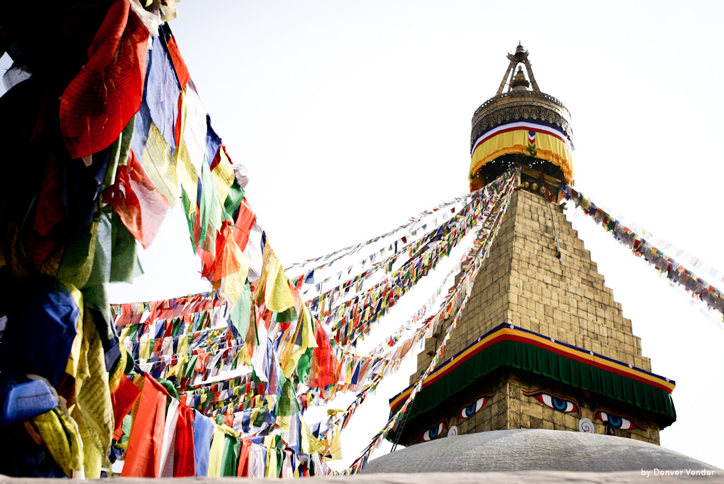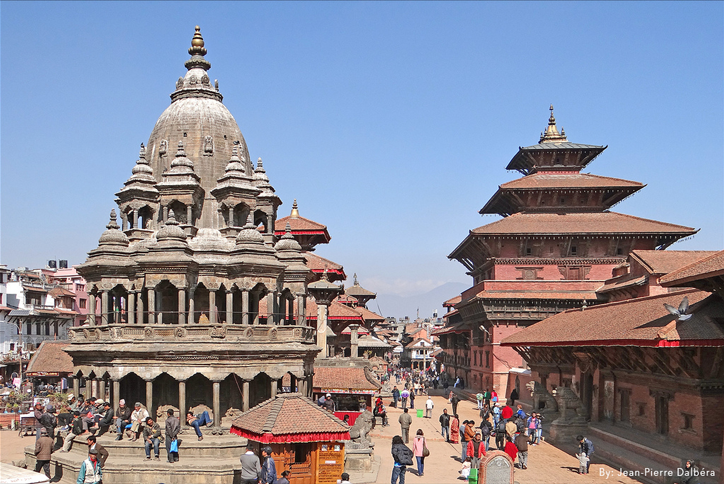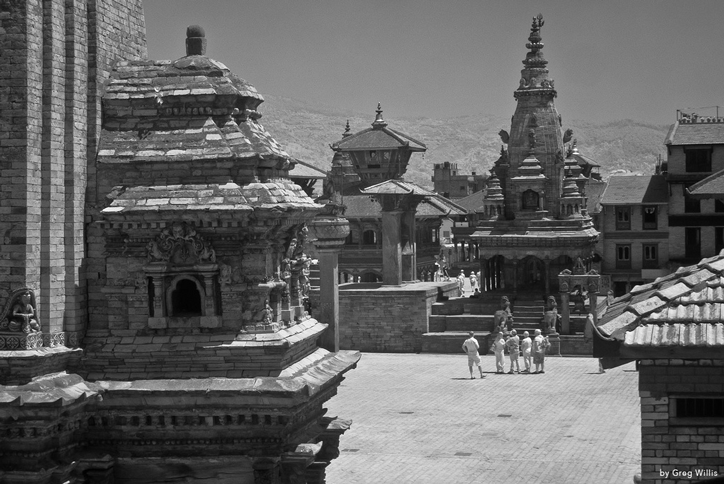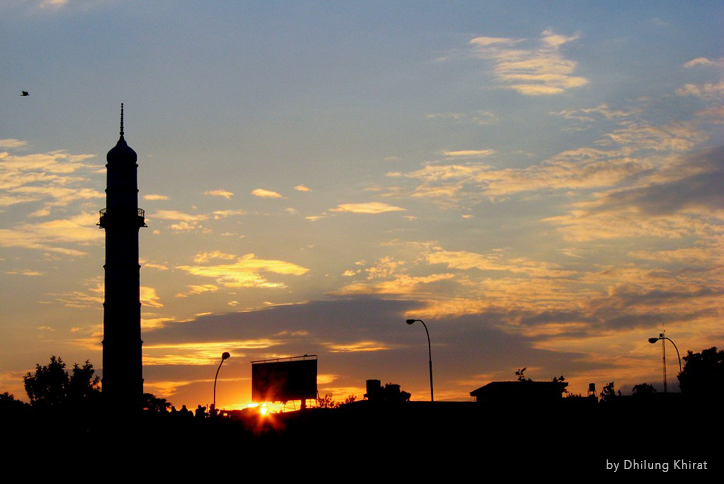#NepalQuakeRelief
May 7, 2015 - 5 minutes readThis past 25th of April of 2015, a devastating 7.8 earthquake took place affecting the areas of Nepal, China, India, Bangladesh and Bhutan. Millions of people have lost everything they had, and thousand others will have lost their live. The epicenter in Gorkha, destroyed houses, institutional buildings and world heritage monuments with no mercy. Thousands of years of history have been destroyed. Monuments vanished from one moment to other, monuments that, as the UNESCO pointed out in 1979, represented the “cultural traditions of the multi ethnic people who settled in this remote Himalayan valley over the past two millennia”.
As an architecture publishers that values immensely the value of the importance of historical monuments as source of historical local knowledge, we have are putting together a “memorial” to those monuments that have vanished from earth but that will still be a unique symbol of the strength, courage and spiritual life of their local cultures.
This are the 4 most famous or valuable monuments lost to natural forces.
1. Hanuman Dhoka Durbar Square, Kathmandu
One of the most famous sites in Katmandu, held the Malla and Shah palaces as well as the Hanuman sculpture that gave the name to the complex. The loss of this site is devastating to architecture history. The complex was first created in the 3rd century and has been going expansions and modernizations every since. It was still working as royal residencies until the 19th century, however, several coronations have still taken place here.
The history heritage that one could see when visiting this site, such as the local carpentry abilities of this culture and it’s typical window carvings, will be hard to recover despite being reconstructing in the following years.
2. Bhaktapur Durbar Square
This site is the second of three royal squares in the Kathmandu Valley. However this square is located in Bhaktapur, as its name states, located 13 km East from Kathmandu. The most significant loss has been the 55 window Palace, a structure completed in 1754. However, the interior of this construction was permanently closed to the public as a consequence of the damages created by another earthquake in 1934. How unfortunate that the architecture and heritage of this area is constantly threatened to disappear due to natural forces.
3. Swayambhunath
 This site was of special importance to the Buddhist followers, since it was the most sacred Buddhist pilgrimage destination. The famous Stupa consisted on a base dome from where a cubical structure raised with the eyes of the Buddha looked to all 4 directions representing widsom and compassion to those who have just entered the world.. Then 13 tiers symbolize the 13 steps to reach enlightenment or, what they call it, “Budhahood”.
This site was of special importance to the Buddhist followers, since it was the most sacred Buddhist pilgrimage destination. The famous Stupa consisted on a base dome from where a cubical structure raised with the eyes of the Buddha looked to all 4 directions representing widsom and compassion to those who have just entered the world.. Then 13 tiers symbolize the 13 steps to reach enlightenment or, what they call it, “Budhahood”.
The earthquake hasn’t only vanished some of this symbols, but has also altered their daily routine to months to come. Hundreds of Buddhist followers would visit this site each morning with the hope to, someday, reach their needed enlightenment.
4. Dharahara Tower
Finally, the icon of the devastating force of the Earthquake occurred, the Dharahara Tower, a nine storey tower in Sundhara built in 1832 by the prime minister of that time. It has stood tall ever since as a symbol of the city’s military power.
Initially two equal towers had been built, however, the first tower collapsed in the 1934 earthquake. The, this Mughal minaret become the main tower. Unfortunately, it also collapsed, as his twin did, on the April 2015 earthquake.
The importance of history embedded in walls and floors is something that no reconstruction will be able to give back a society, and its also the reason why we felt like this post was needed. Probably locals couldn’t be less worried about these historical landmarks being destroyed, since they are struggling to survive in a devastated country where international aid is not being used optimally. But when the chaos vanishes, and we hope a natural state of life can be restored quickly, then those who prayed everyday in the Swayambhunath, or those who referenced the way the moved around the city with the Dharahara Tower will also have to adjust their daily routines once again.
To all of those who have suffered this terrible earthquake, we send them our most unconditional support to get pass this struggle.
Tags: Earthquake, History, Kathmandu, Monuments, Nepal

